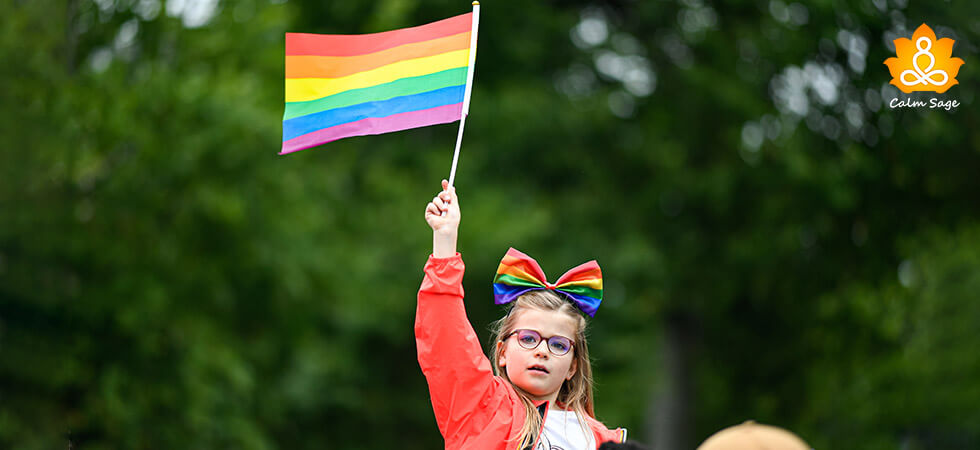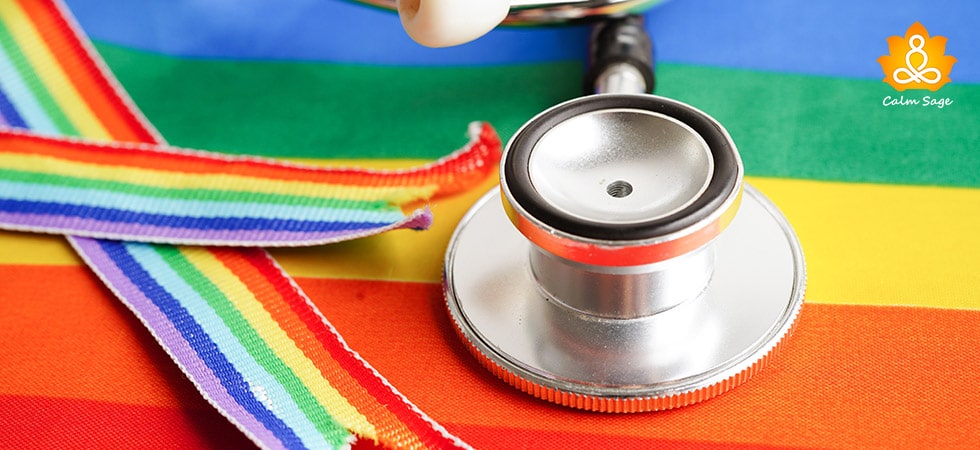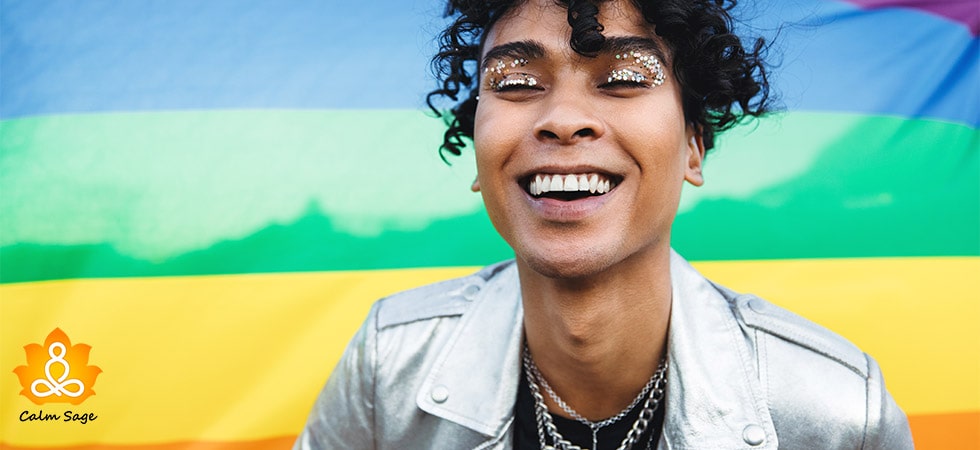Shades of Ace: Exploring The Asexuality Spectrum Within LGBTQIA+
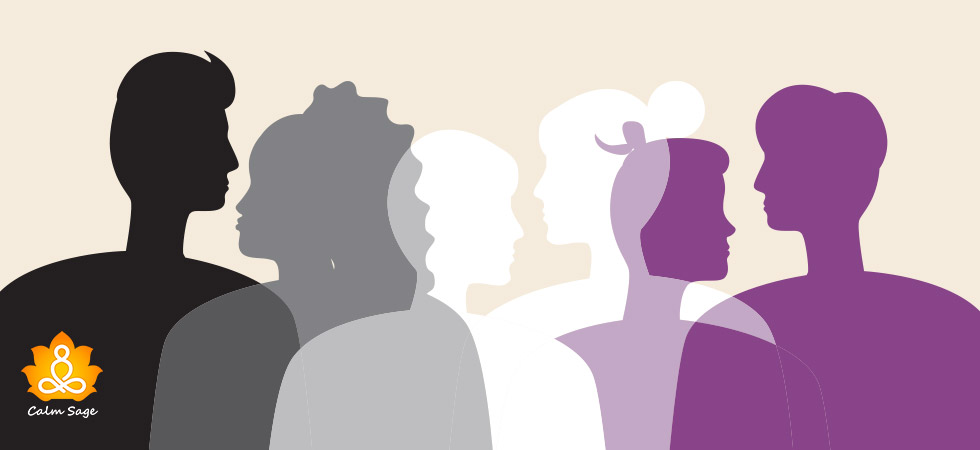
“Asexuality is a valid and beautiful orientation, where love transcends the boundaries of physical desire.”
In a world where love is measured by sexual desire, asexuality stands out and appears as a reminder that human experiences can be complex. As society is becoming more and more aware and accepting of the LGBTQIA+ community and acknowledging the diverse sexual orientations and gender identities within the community, it is becoming crucial to delve into the LGBTQ community and explore the intricacies of being an asexual in an allosexual world.
Discussion about a person’s gender identity, expression, and sexual orientation are generally focused on their sexual desire towards others – either of the same gender, opposite gender, or other gender identities. Among the sea of diverse beings, the asexual community is often left feeling unheard and invisible.
Did you know that approximately 1% – 5% of the population identifies as an asexual or some other label on the asexuality spectrum? While the number might be smaller than imagined, it’s important to note that many people – regardless of their standing in the LGBTQIA+ community – feel similar thoughts and feelings.
This Pride Month, we’re exploring the many shades of Ace! Aka the asexuality spectrum, the many labels under the asexual umbrella, how an asexual person navigates relationships, and how can you become an ally of the A in the LGBTQIA+ community.
What Does it Mean to Be Asexual?
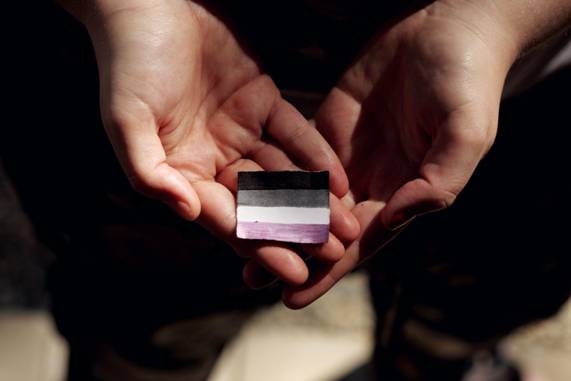
Asexuality is a sexual orientation and an identity as well. Just like other sexual orientations – homosexuality, heterosexuality, and bisexuality – asexuality is a valid orientation. People who are asexual or are anywhere on the asexuality spectrum can identify themselves as Ace.
Asexual people do not feel any sexual attraction towards others, regardless of sex or gender. While many ace people have little to no interest in sexual attraction or activities, some may develop romantic attraction and can have romantic desires which are different from sexual ones.
However, this doesn’t mean that asexual people don’t have the same needs as everyone else. Many people on the asexuality spectrum desire emotional relationships with others, regardless of the other person’s sex or gender.
Just because a person identifies as an ace does not mean that they won’t experience other desires. Even an asexual person may experience falling in love, being aroused, getting married, having children, and other desires. While they may not experience sexual attraction explicitly, aces may experience other forms of attraction such as;
- Romantic attraction
- Aesthetic attraction
- Physical attraction
- Emotional attraction
- Platonic attraction, and more.
Exploring The Asexuality Spectrum
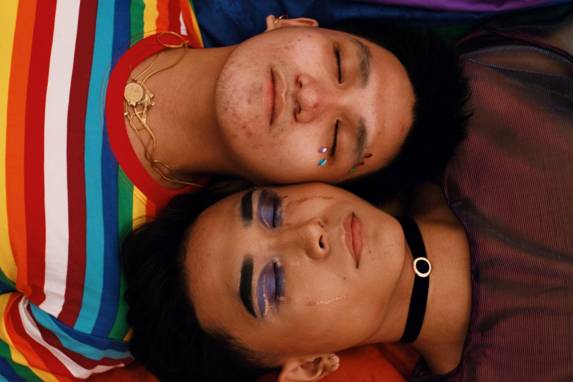
Under the asexuality spectrum, many identities and experiences may live. Each person has their own unique identity, experiences, and highlights. Within this spectrum, diverse terms and labels have appeared to embrace the many shades of ace. Let’s begin by understanding some of the most common asexual identities under the asexuality spectrum;
-
Graysexual
People who enjoy sexual activities under specific situations, or may experience sexual attraction occasionally.
-
Demisexual
People who feel sexual attraction towards others only after forming an emotional connection with someone.
-
Aromantic
Aromantic or Aro-ace are people who don’t feel any (or very little) romantic attraction towards others. Aro-aces are most likely to avoid having sex and may feel that they don’t need to connect to anyone, romantically, sexually, or physically.
-
Grayromantic
People who don’t feel much romantic attraction towards others can be labeled as gray-romantic.
-
Demiromatic
People who can have a romantic attraction to other people but can’t develop the same until they form a close connection with their partner can be labeled as demiromantic.
-
Biromantic
Bisexual people who are more likely to experience romantic feelings towards both males and females can be labeled as biromantic.
-
Heteroromantic
When a person develops romantic attraction or feelings for the opposite sex or gender can be called a heteroromantic.
-
Homoromantic
When a person develops exclusive romantic feelings for people of the same gender can be termed homoromantic.
-
Panromantic
Someone who has romantic and emotional feelings for all people, regardless of sex and gender can be labeled as panromantic.
Asexuality And Well-Being
Being an ace can impact your well-being but it’s essential to understand that experiences can differ from person to person. However, here are some ways being an asexual can impact your well-being;
- Self-Acceptance: Allowing yourself to embrace your sexuality can help you move towards self-acceptance and self-understanding. When you learn to accept yourself, you improve your self-esteem and mental health.
- Sense of Belonging: Finding a community you can belong to also brings a sense of belonging into your life and makes you feel less alone. Having people who share similar feelings and experiences can also foster social support and reduce the risk of isolation and loneliness.
- Improved Emotional Wellness: When you’re aware of and embrace your asexuality, you learn to prioritize your emotions and this enables you to build relationships based on emotional compatibility and trust rather than just sexual desires.
- Better Relationships: When you identify as an asexual, it can affect your relationship dynamics. When you embrace your asexuality, you can work on creating open and honest communication between your partner(s) contributing to a healthy relationship.
Each person’s experiences are unique and there could always be other factors that can affect your mental and emotional well-being. In any case, it’s important to seek social support, time for self-care, and embrace your journey of self-discovery.
Asexuality And Relationships
Asexuality can affect how you build and think about relationships as well as the intimacy that often comes with relationships. If you are an asexual person, then there’s a high chance that you and your partner may have different sexual preferences or even romantic preferences in certain cases. If so, then it is recommended that you talk to your partner about boundaries, the types of activities you’ll be comfortable with or are open to, and any other essential things that curtail a relationship.
For example; Maybe you want a romantic relationship, but your partner is looking for a more casual and sexual relationship. In this case, you can talk about your preferences with your partner and come to a compromise.
It’s important to understand that sexual attraction can change over time. So assumptions about a partner’s preferences should not be made. Communication truly is key in this case. Know that even as an asexual, it’s OK to have sexual desires. Sometimes, you won’t feel like working on your high sex drive and that’s OK too. No matter what, if you’re in a relationship, talk about your feelings, boundaries, desires, etc. with your partner.
Your needs are valid, too!
Am I Asexual?
If you’ve been asking yourself, “Am I asexual?” Or “Am I on the asexuality spectrum?” Then here are some basic questions you can ask yourself to evaluate your preferences and desires. Note, that this is not an official test and should not be taken as such;
- What is sexual attraction to me?
- What does sex means to me?
- Is sex a social construct that I need to follow?
- Is sex important to me in a relationship?
- Do I look at people and think about having sex with them the first thing?
- Do I like showing affection and is sex a factor in that?
Be honest with your answers and know that there is no right or wrong way to answer these questions!
What to Do When You Identify as an Ace?
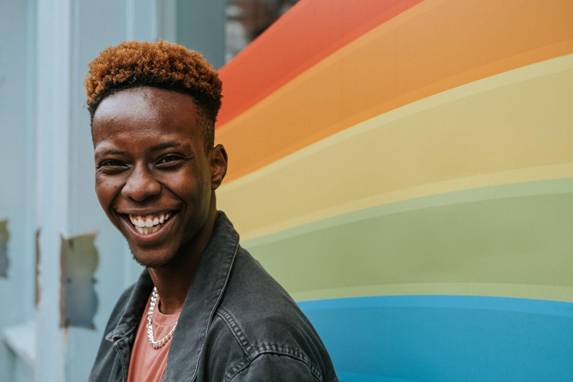
If you identify as an asexual, here are some things you can consider to accept your feelings and experiences;
- Explore your feelings and accept your experiences as they are. Embrace your sexuality and connect with others in the community to learn more about the asexuality spectrum.
- Reach out to asexual communities and seek social support. You can also talk to your friends and family about your feelings.
- Try to learn more about your sexual orientation and teach your close ones about it, so there are no misunderstandings. You can also work on raising awareness about asexuality to debunk any myths and stigma.
- Figure out your boundaries and talk about them with your loved ones. It’s essential to communicate your boundaries, needs, and desires with others. If you’re in a relationship, then ensure that your partner understands your limits and preferences.
- Take care of yourself and your feelings by paying attention to your activities, hobbies, and interests. Work on things that bring you joy and help you reconnect with yourself.
- You also need to take care of your mental, emotional, and physical health. Engage in self-care and work on improving your mental health and emotional well-being. Exercise, meditate, journal your feelings, or find more creative self-expression activities to participate in.
Supporting a Loved One Who Identifies as Ace
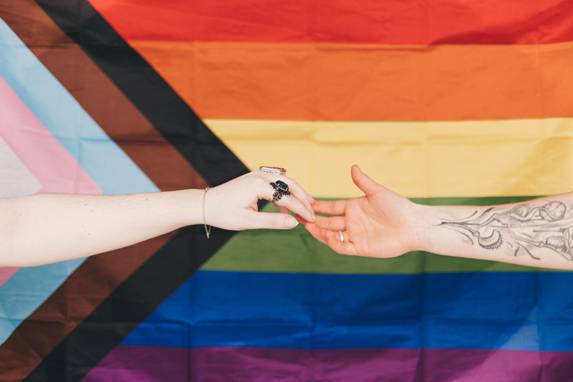
If you have a loved one who identifies as an asexual, then you can show your understanding and acceptance in the following ways;
- Educate yourself about the asexuality spectrum and understand their experiences. You can read articles, refer to books, or watch online content to educate yourself better.
- Validate your loved one’s journey and accept their sexual identity. Let them know what you feel about their experiences and reassure them of your support and respect. Don’t undermine their confidence and sense of self.
- Be honest with your words and communicate to them openly. Create a non-judgmental space for them to share their experiences and express their thoughts and feelings. Be a good and active listener and avoid making assumptions or putting societal pressure on them.
- Respect their boundaries and preferences, especially when it comes to physical contact and intimacy. Understand that their lack of sexual attraction is not a bad thing and does not mean that they are incapable of loving others. Be open with your needs and expectations and find non-sexual ways to improve your intimate relationship.
- Be supportive of their relationships and be patient with them. Know that everyone’s journey of gender identity and sexual identity is different and unique and it may take time for your loved one to come to terms with their own identity. So, learn to be patient with them.
Wrapping Up
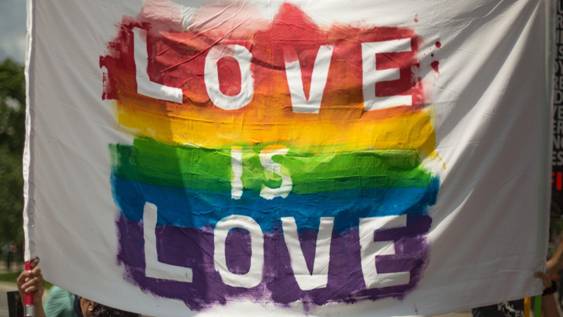
When talking about asexuality, it’s essential to keep in mind that not all asexual people have the same experiences with romance and/or sex. Some may have a high sex drive while others may feel no desire for sex. Some may crave romantic relationships while others may not want to be a part of a romantic relationship at all.
There are many sexual identities on the sexuality spectrum and each person’s experiences may differ. There are no rules on what to do when you have a desire or attraction to sexual, spiritual, or even emotional connection that people form in their lives.
Asexuality is a spectrum and an orientation in itself and labeling oneself as an asexual can bring a sort of comfort to those who can’t find a space in the LGBTQIA+ community anywhere else. Because asexuality is not a disorder, there are no treatments for it.
If you’re questioning your sexual orientation or identity, you can speak to a gender-affirming therapist or an LGBTQIA+ counselor. If you’re experiencing hate or prejudice based on your sexual orientation then you can take the necessary steps and talk to someone in authority about the bullying or talk to a counselor about your experiences with the same.
The way you choose to label yourself is your choice and no one else gets to decide who you are or what you like for you. Your sexual identity and your gender identity are yours and you can choose to pick the one you’re most comfortable with. If you feel like you don’t need any label, then that’s OK too. Be you and be proud.
If you’re looking for asexual communities online and other online resources for asexual people, you can reach out to;
- AVEN forum
- Asexuality Reddit Community
- Asexuality Archive
- The Trevor Project
- Ace SoCal
- The Asexual Agenda
I hope this blog helped you understand the many shades of the asexuality spectrum and where you belong in this wide and diverse community. For more, you can write to me at info@calmsage.com or leave me a message on Calm Sage’s official social media pages. You can also share your thoughts and comments in the section below.
Take care of yourself.
Be Proud, Be Loud, and Be Bold!
Happy Pride!






